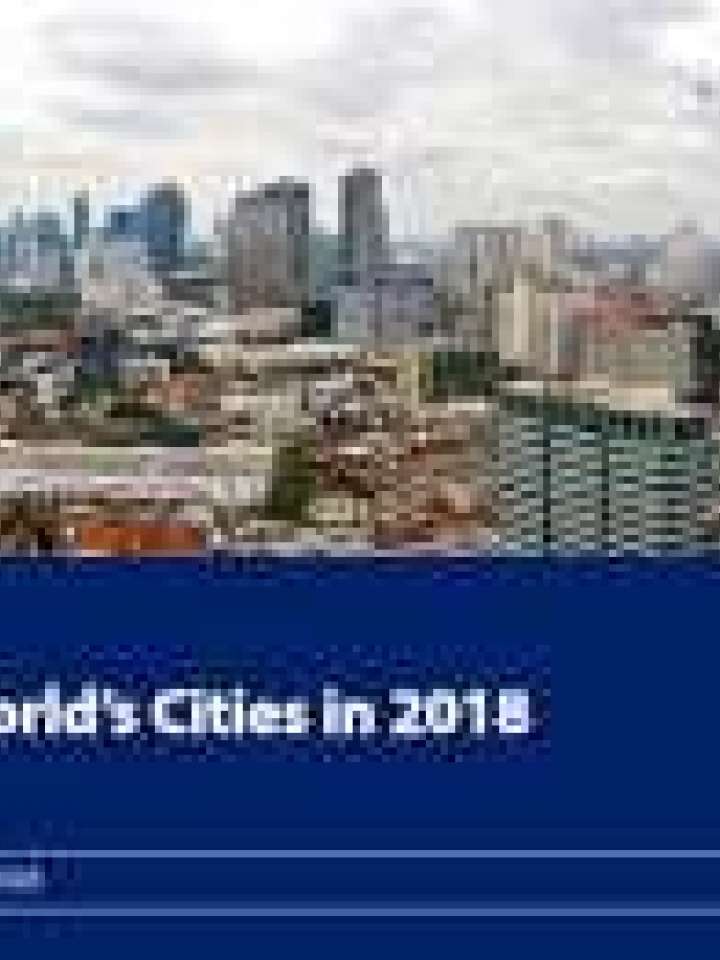The world's cities in 2018
This data booklet highlights current and future trajectories of populations in cities around the globe, drawing on the population estimates and projections published in World Urbanization Prospects: The 2018 Revision.
The data reveals that, of the 1,146 cities with at least 500,000 inhabitants in 2018, 679 (59 per cent) were at high risk of exposure to at least one of six types of natural hazard namely cyclones, floods, droughts, earthquakes, landslides and volcanic eruptions. Taken together, cities of 500,000 inhabitants or more facing high risk of exposure to at least one type of natural hazard were home to 1.4 billion people in 2018. One hundred and eighty-nine cities—most located along coastlines—were at high risk of exposure to two or more types of natural hazard; 26 cities—including megacities Manila, Osaka and Tokyo—faced high risk of exposure to three or more types of disaster.
In 2018, an estimated 55.3 per cent of the world’s population lived in urban settlements. By 2030, urban areas are projected to house 60 per cent of people globally and one in every three people will live in cities with at least half a million inhabitants. Understanding the key trends in urbanization likely to unfold over the coming years is crucial to the implementation of the 2030 Agenda for Sustainable Development, including Sustainable Development Goal 11, to make cities and human settlements inclusive, safe, resilient and sustainable.
Explore further
